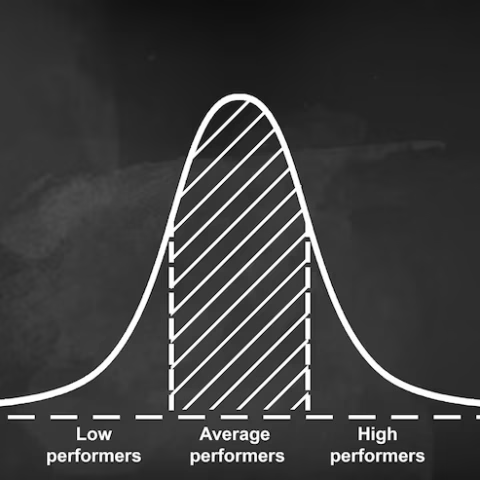
2 Important Softwares for Data Analysis
Introduction Modern research demands accurate statistical analysis, and software tools have become indispensable. Among the most popular packages for researchers and practitioners are SPSS (Statistical Package for the Social Sciences)






